Useful Japanese Etiquette for Tourists: Essential Tips Before You Visit
Japan is one of the most polite and respectful countries in the world. If you’re planning a trip, learning a few basic Japanese etiquette for tourists will go a long way. From bowing to dining manners, understanding how to behave in different situations will help you feel more confident and show respect for the culture.
As someone who has traveled to many countries—across the U.S., Europe, and Asia—and lived in both the UK and the U.S., I’ve come to realize just how unique and different Japanese culture really is. The customs, the way people communicate, even the unspoken rules… they may feel unfamiliar at first.
If you’re visiting Japan for the first time, you might find it hard to understand certain behaviors or to connect with locals, especially with the language barrier. That’s totally normal! But don’t worry—this blog post will introduce you to the basics of Japanese etiquette and cultural values.
I hope it helps you feel more at ease during your trip and allows you to enjoy the experience more fully. Just knowing a little bit about the culture can make a big difference.
If you’re also interested in useful Japanese words, be sure to check out this post:
👉 5 Useful Japanese Words For Travelers (Like “Sumimasen”(すみません))
Let’s get started!
Bowing: Japanese etiquette for tourists
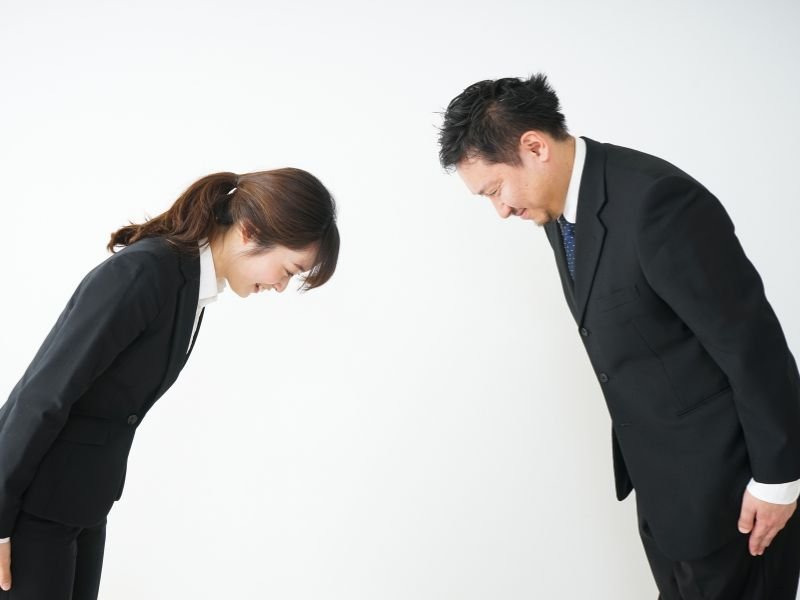
Bowing is a big part of everyday life in Japan. People bow to say thank you, sorry, hello, goodbye—even when asking for a small favor.
Personally, I still catch myself bowing even when I’m in the U.S.—like when a driver gives me the right of way on the road. I know I should just raise my hand to say thank you, but my body automatically bows. It’s just built into how I express respect.
When you’re in Japan, you don’t have to bow perfectly or deeply. Travelers aren’t expected to know all the different bowing styles. Just remember: bowing is very common here, and it’s a simple way to show respect.
If someone bows to you, it’s polite to bow back. This small gesture often helps people feel more relaxed—and it can make your interactions with locals go more smoothly.
So don’t overthink it. Just bow when someone bows to you. A little effort goes a long way.
Shoe Etiquette: Take Them Off Indoors
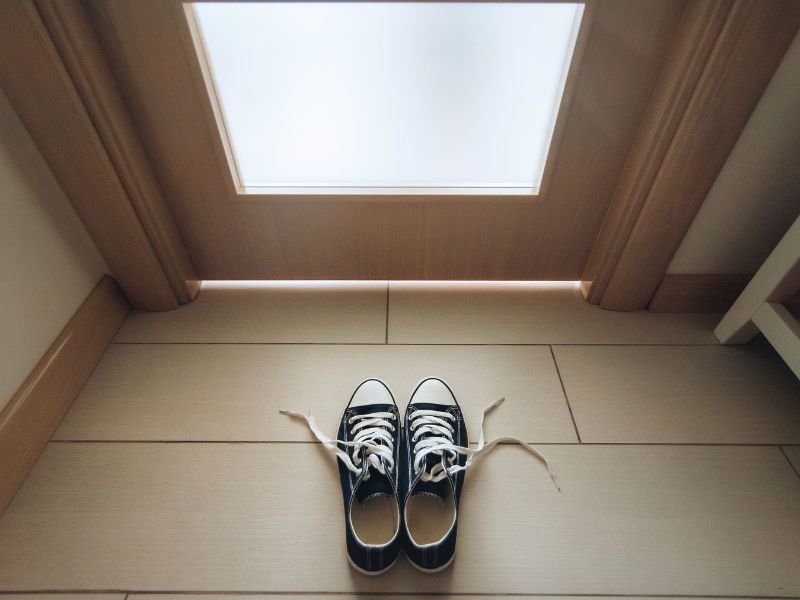
Always check your feet!
In Japan, it’s normal to take off your shoes when entering homes, traditional inns (ryokan), temples, and even some restaurants. You’ll usually see a shelf or step near the entrance—that’s your cue to remove your shoes.
Sometimes you’ll be given slippers to wear indoors. Just be sure to switch to the special toilet slippers when you enter the restroom (yes, there are separate slippers for that!).
This custom might feel unusual if you’re coming from the U.S., where wearing shoes indoors is more common. If you’re curious about the cultural difference, I wrote a full post about it here:
👉 Taking Off Shoes in Japan vs USA: The Threshold of Cultural Respect
It goes into more detail about why this habit matters in Japanese culture and what it says about respect and boundaries.
3. Saying “SUMIMASEN”: One Word, Many Uses

“Sumimasen” (すみません) is one of the most useful words in Japan. It means “excuse me,” “sorry,” or even “thank you” depending on the situation.
You can use it when:
- Bumping into someone
- Getting a server’s attention
- Asking for directions
Want to learn more helpful words? Check out 👉 5 Useful Japanese Words For Travelers
Be Quiet In Public Spaces
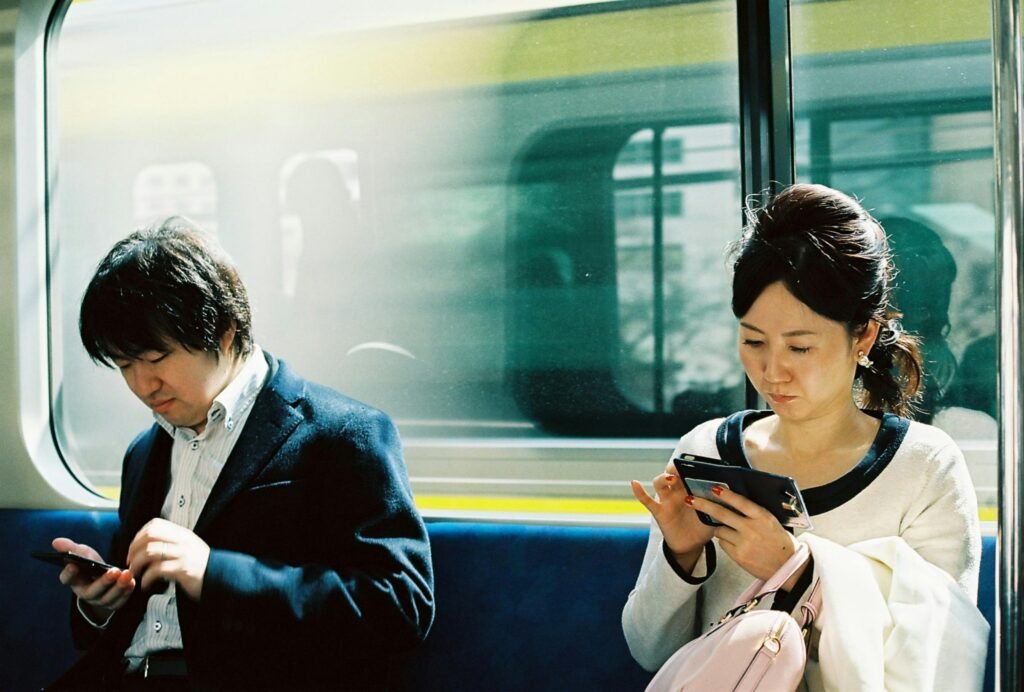
Japanese people tend to speak quietly in public, especially on trains and buses. Loud talking or phone calls are considered rude. Even in busy cities like Tokyo, you’ll notice that public transportation is surprisingly calm.
If you’re traveling with friends, try to lower your voice in shared spaces. And if you need to take a phone call on the train (like the Shinkansen), move to the deck area between cars—it’s the polite thing to do.
Want to learn more about how to behave respectfully in Japan’s public spaces?
👉 Check out my full guide: Japanese Etiquette in Public Spaces: Simple Tips for Respectful Travelers
A little awareness goes a long way—and helps make everyone’s journey more pleasant.
Onsen And Bathhouse Manners(温泉マナー)
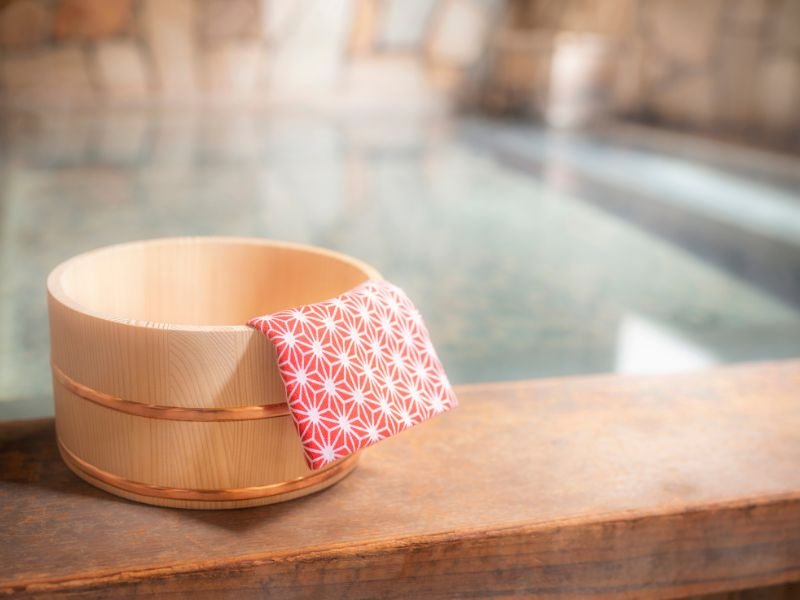
If you visit a hot spring (onsen), there are a few important rules to keep in mind:
- Wash your body before entering the tub (there’s usually a shower area)
- No swimsuits—everyone is naked in the bath (don’t worry, it’s totally normal!)
- Keep towels out of the water
- If you have tattoos, check ahead—some places may not allow them
There’s a special culture and rhythm to Japanese onsen, and it might feel unfamiliar at first—but once you understand the basics, it’s one of the most relaxing experiences you can have in Japan.
👉 For a deeper look at onsen culture and travel tips, check out my full guide: The Ultimate Guide to Onsen in Japan (2025): Culture & Helpful Travel Tips
You’ll learn what to expect, what to bring, and how to enjoy this unique part of Japanese life like a local.
The Manner of Visiting Shrines And Temples
Shrines and temples are peaceful places that hold deep meaning in Japanese culture—and they’re some of the most beautiful spots you’ll visit in Japan. The manners at both are quite similar, but there’s a small difference between them that’s helpful to know.
Shrines (jinja神社) are part of the Shinto religion(神道), which is native to Japan. Temples (寺) belong to Buddhism (仏教), which originated in other parts of Asia and came to Japan.
You can usually tell them apart by the entrance:
Shrines have a torii gate 鳥居 (See the picture below)—a tall, simple arch that you walk under to enter sacred ground.
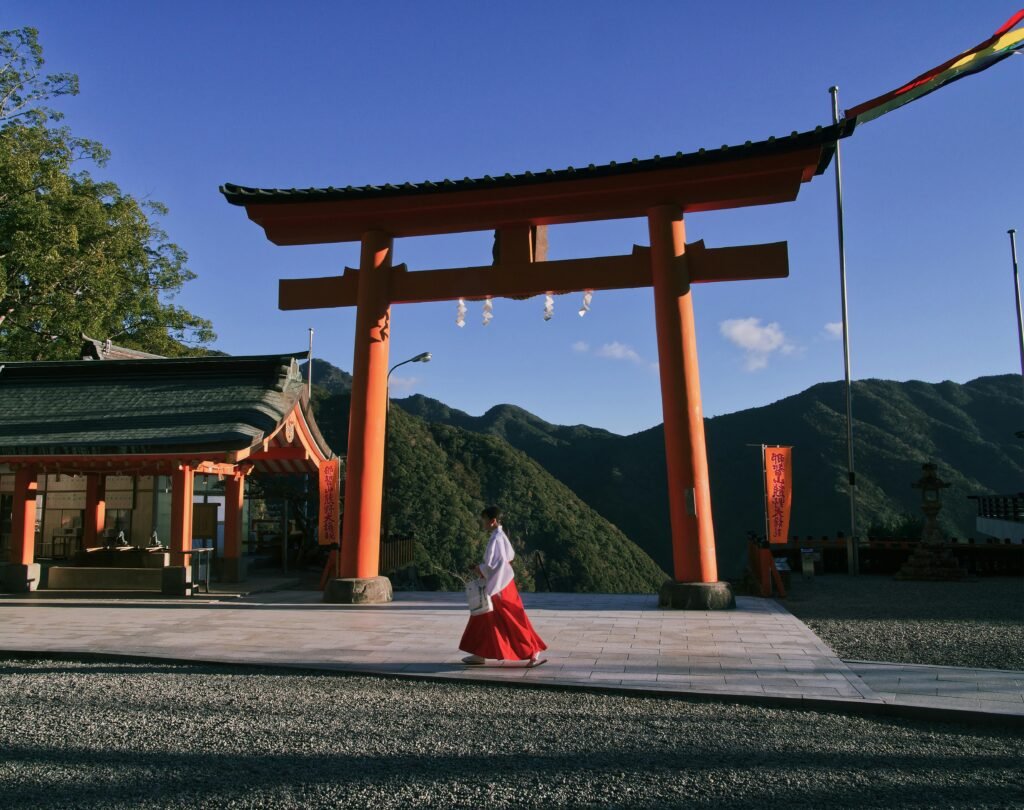
Temples have larger wooden gates山門(see the picture below) and may have statues of Buddhist guardians at the entrance.

Basic Manners For Visiting Shrines and Temples in Japan
Even if you don’t practice the religion, these spaces are open to everyone—as long as you’re respectful. Here’s how to behave at both:

- Purify your hands and mouth
At the water basin near the entrance, rinse your left hand, then your right, then pour water into your left hand to rinse your mouth (don’t drink directly from the ladle), then tilt the ladle to rinse it. - Don’t walk through the center
The center path is for the gods (at shrines) or the spirits (at temples). Try to walk to the side when entering or leaving. - Be quiet and respectful
No loud talking, running, or phone calls. Take photos politely, and don’t take selfies in sacred areas.
How To Pray (Different At Each)

- At a shrine (Shinto): Throw a coin into the offering box, bow twice, clap twice, pray silently, then bow once more.
- At a temple (Buddhist): When you step up to the temple, bow slightly at the base of the stairs or gate before entering. Toss a coin into the offering box, then ring the bell once (if there’s one above). Put your hands together (no clapping), close your eyes, and say a silent prayer. After praying, bow once more before leaving.
You don’t have to be perfect, and no one expects tourists to know everything. But showing a little respect for these traditions—like bowing at the gate or following the basic steps—can make your visit more meaningful.
Locals really appreciate it when visitors take a moment to connect with our traditional culture.
No Tipping—Use The Tray For Money

Tipping isn’t expected in Japan. In fact, it can be confusing for locals if you try.
Instead, just pay the exact amount. In shops and restaurants, you’ll see a small tray near the cashier. Place your money on the tray, not directly into someone’s hand.
When you receive change, a polite “arigatou gozaimasuありがとうございます” (thank you) goes a long way!
Gift Giving And Souvenirs (Omiyage お土産)

Japanese people love thoughtful gifts. You might notice locals bringing back souvenirs (called omiyageお土産) for coworkers, friends, or family after a trip.
As a visitor, you don’t need to worry about this, but giving a small gift—like a snack from your country—can be a kind gesture if you’re staying with a host or joining a homestay.
Presentation matters, so neatly wrapped items are appreciated.
Punctuality Is Politeness
Trains in Japan are famous for being on time—and so are the people.
Whether it’s a tour, dinner reservation, or meeting with a local guide, always try to be on time (or even a few minutes early). Being late is considered disrespectful, even by just a few minutes.
The Deeper Side Of Japanese Politeness
There are some unspoken rules and cultural ideas that shape Japanese behavior. These aren’t always obvious, but knowing them helps you understand why people act the way they do—and how to fit in better as a traveler.
Here are a few important ones:
Itadakimasu いただきます& Gochisousamaごちそうさま

Before eating, people in Japan say “itadakimasu”—a polite way of expressing thanks for the meal and everyone who helped prepare it. After eating, we say “gochisousama deshita” to show appreciation for the food and the people who served it.
These phrases are easy to remember and using them at restaurants, cafés, or even convenience store meals shows respect for the culture. You don’t have to say them loudly—just a quiet “itadakimasu” before your first bite and “gochisousama” at the end is perfect.
👉 If you’re wondering how to behave at restaurants in Japan—including how to order, pay, and avoid common mistakes—I wrote a full guide just for travelers : How to Eat at a Japanese Restaurant: A Friendly Guide for Travelers
Otsukaresama (お疲れ様)
This phrase is used at the end of work or effort, like “Thanks for your hard work.”
You might hear it on tours or group experiences. You don’t need to say it often as a tourist, but it’s a nice word to recognize and understand.
Kuuki wo Yomu (空気を読む)
This means “reading the air,” or understanding the mood of a situation.
Japanese people often avoid direct confrontation and prefer harmony. So rather than saying “no,” someone might pause or give a vague answer.
Being aware of body language and tone can help you respond kindly and respectfully.
FINAL THOUGHTS
Japanese etiquette is about more than rules—it’s about showing care for others. Even if you don’t know everything, just being polite, quiet, and open to learning will make a big difference.
Try saying a few phrases like “sumimasen” or “itadakimasu,” and be mindful of the little things—like taking off your shoes or bowing slightly. Locals will notice and appreciate your effort.
Want to learn more simple Japanese words that can help you during your trip?
👉 5 Useful Japanese Words For Travelers
Enjoy your journey through Japan—and the culture that makes it so special!







Thankyou for this terrific post, I am glad I observed this web site on yahoo.
Thank you so much for your comment! I have never thought of showing my page on Yahoo because this blog is quite new. Thanks again!